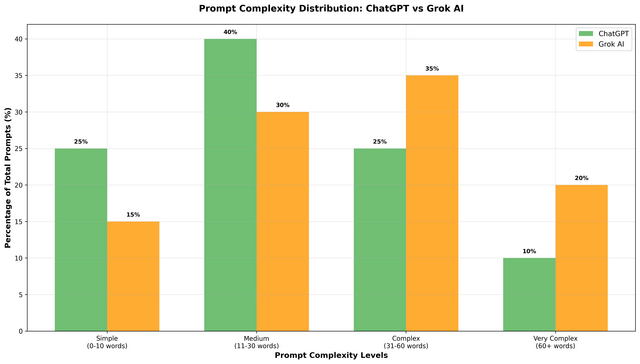
Website Crawler
You're an SEO, so you're probably already using ScreamingFrog or another SaaS crawler - so what does Authoritas give you that's different?
It's not just crawl data! It's crawl data enhanced with keywords, links and analytics

Customise your website crawl
For hardcore technical SEO audits, Authoritas’ powerful site crawler can help you identify broken links and duplicate content. Find what’s broken, and fix it fast.
Compare scheduled crawls or crawl on-demand.

Keyword rankings
Evaluate how well each crawled page is performing for its targeted keywords.
Review potential SEO visibility and page optimisation for mapped pages and keywords.

Internal & External Links
Do the pages you’re trying to rank have a sufficient number of internal and external links and optimal link anchors to facilitate a high-ranking position for your targeted keywords?

Analytics
Use organic sessions to prioritise which pages to attend to.
Evaluate traffic sources, user engagement metrics and the sales/conversions value contributed by a page.
Spider your websites and your competitors' with unlimited crawling in the cloud
Our crawler can answer many questions about your own website and your competitors’ sites.

Why integrating keyword ranking data
with crawl data is useful
Join the dots between technical and content work on your website and the impact it has on your search engine rankings. You can even use our AI Assistant to write your meta data for your pages.

Why integrating backlink data with crawl data is essential
Once you’ve fixed your site’s major technical SEO issues and any on-page SEO problems and have mapped each page to your target keywords. Then you can check whether each page has enough internal and external links to rank.

Integrating analytics data with crawl data completes the picture
The additional layer of analytics data helps you with many SEO tasks and projects such as content audits and website migrations.

FAQS about website crawling for SEO
What is crawling and indexing in Google?
Indexing and crawling are two different but related concepts that are important to understand for any website owner and for anyone interested in search engine optimisation.
When Google sends its spider (Googlebot Smartphone) to crawl your website it starts to visit pages to download and analyse your content and website code. Google then decides how much of your site content is worthy to get indexed. Google will come back and crawl your site at the time interval that it determines.
This is a fairly large topic. A good starting point is creating a Google Webmaster Tools account and reading Google’s guidelines for webmasters.
What is the difference between crawling and indexing?
Crawling refers to the actions undertaken by a software programme commonly referred to as a web spider which visits your website and downloads content from your pages.
Indexing refers to how the crawled and downloaded data is stored and presented to users.
Crawling and indexing is something that all search engines do.
What is crawling in SEO?
When SEOs talk about crawling, they are normally referring to one of two things;
1. Either Googlebot (smartphone) which is crawling your website to index and display your content in Google’s (or other search engines) search engine results pages; or
2. A site crawl that the SEO has done using an SEO crawling tool to find technical and content issues that might be getting in the way of Googlebot and might be preventing all your content being crawled, indexed and ranked.
Will this website crawler show me the same information as Googlebot?
The Authoritas spider follows similar methodology to Googlebot, to crawl all the pages on your website. The amount of data and depth of data shown by Google in Google Webmaster Tools will differ from the Authoritas crawler.
But the Authoritas crawler will also merge the website crawl data with other useful metrics from Google or Adobe analytics, backlink data from Majestic and Authoritas ranking data to give you far more actionable advice.
Oh, and of course you cannot crawl competitors’ websites using Googlebot!
How often does Google crawl my site?
This will vary according to the size of your website and how authoritative it is in Google’s eyes. A well-established site with millions of users and rapidly changing content, like the BBC home page for example, will get crawled extremely frequently (multiple times per hour) but a newly indexed websites with a few static pages and no links may only get crawled every few days.
To see how often you are getting crawled you can see a chart in your Google Search Console account.
To see which search engine bots are crawling your site the best place to start is to check your server logs.
Server logs can be difficult to get at, depending on your technology stack and technical skills and can be very large.
We have a new product in beta that makes this much, much easier – feel free to contact us for a free trial.
Discover for yourself why we're different to other SEO tools
If everyone else is using famous SEO brands such as SEMrush, Ahrefs or Moz then how are you going to gain a competitive advantage?
Featured Posts from our blog
Expert content from our team and our friends. Read our original SEO research studies, news about our software, algorithm updates, SEO advice and opinion.


